[av_section min_height=” min_height_px=’500px’ padding=’default’ shadow=’no-border-styling’ bottom_border=’no-border-styling’ id=” color=’main_color’ custom_bg=” src=’http://192.237.253.237/wp-content/uploads/2015/10/challenge-2-bg.jpg’ attachment=’114′ attachment_size=’full’ attach=’scroll’ position=’top center’ repeat=’no-repeat’ video=” video_ratio=’16:9′ overlay_opacity=’0.5′ overlay_color=” overlay_pattern=” overlay_custom_pattern=”]
[av_textblock size=” font_color=” color=”]

Congratulations to our winners!
Grand Prize Winner
Sustainability Incubator & Trace Register
Runner-up Winner
Good World Solutions
[/av_textblock]
[/av_section]